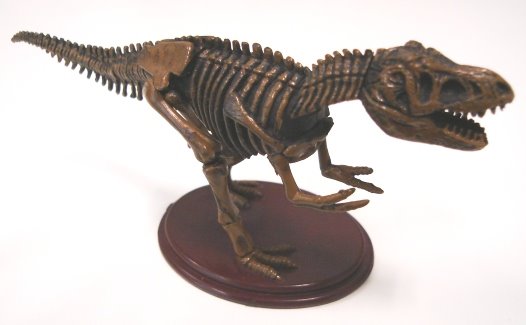 In this second part of my creature-feature I will introduce to you: the planarian.
In this second part of my creature-feature I will introduce to you: the planarian.Remember in the movie Men In Black, there was an alien shopkeeper who gets his head shot off and then grows it right back?
In the real world there is an animal that can actually do this. The planarian flatworm.

These creatures have a permanently "cross-eyed" look that is just plain funny. But more than just amusing, these guys are also amazing.
If you take a planarian and cut it into two, the head part grows a new tail and the tail part grows a new head.
If you slice it lengthwise, it can still grow into two animals. In fact, you can cut it into eight pieces and they will all grow into new worms!
You think, "Heh, big deal, these worms are simply made up of some kind of mushy meat that is all the same anyway, so who cares how you cut it up?"
Not quite.
 Although simpler than vertebrates, planarians do have specialized tissues and organs. In order to grow a new head, the wound region has to somehow de-differentiate into a growing mass of cells and then re-differentiate into new target tissues.
Although simpler than vertebrates, planarians do have specialized tissues and organs. In order to grow a new head, the wound region has to somehow de-differentiate into a growing mass of cells and then re-differentiate into new target tissues.Now that is pretty hard to do.
Even more bizarre, if you try to starve the planarian worm it will shrink in size. Not just lose some fats like people would, but all of its organs will actually shrink in unison and carry on functioning as if nothing happened. When you feed it again, it will grow back into its normal size. Of course if you push it too far it will eventually curl up and die.
Planarian worms are not the only animals that exhibit regeneration. Simple marine animals like echinoderms and starfish can also do it, to a lesser extent. So can earthworms, cuttlefish, salamanders and axolotls.
In fact human beings have limited regeneration ability - in repairing skin and muscle damage, and more significantly in repairing liver damage. A human liver that has been cut into one-third its normal size can still grow back to full size. Too bad this doesn't work for other organs, and limbs.
Still, planarians trump us all. Their incredible ability to regenerate is the reason why they are closely studied by scientists who hope to learn their secrets and apply this knowledge to people with limb injuries. We already know that there are some key genes involved in this ability. One of the prominent scholars in this field, Dr. Alejandro Sanchez Alvarado of the University of Utah, came to Singapore two months ago to give us a talk on his research.
I think the existence of such animals remind us that human beings are not the "epitome" of evolution. The more we learn about other animals, the more we realize just how normal-normal our own physiology is.






2 Comments:
How long did it take them to learn that genes were involved in their regeneration and such(duh, i could have told you that in like two seconds because gene control like everything pretty much.
I think you have misunderstood what I wrote.
I said that: "We already know that there are some key genes involved in this ability."
Of course the researchers are well aware that "gene control like everything pretty much" - it's finding out which specific genes are responsible for the regeneration ability and how they do it that's the hard work.
I didn't want to go into the details, but for example genes involved in the Wnt/Beta catenin signaling pathway (such as tcf) play a crucial role in planarian regeneration.
Post a Comment